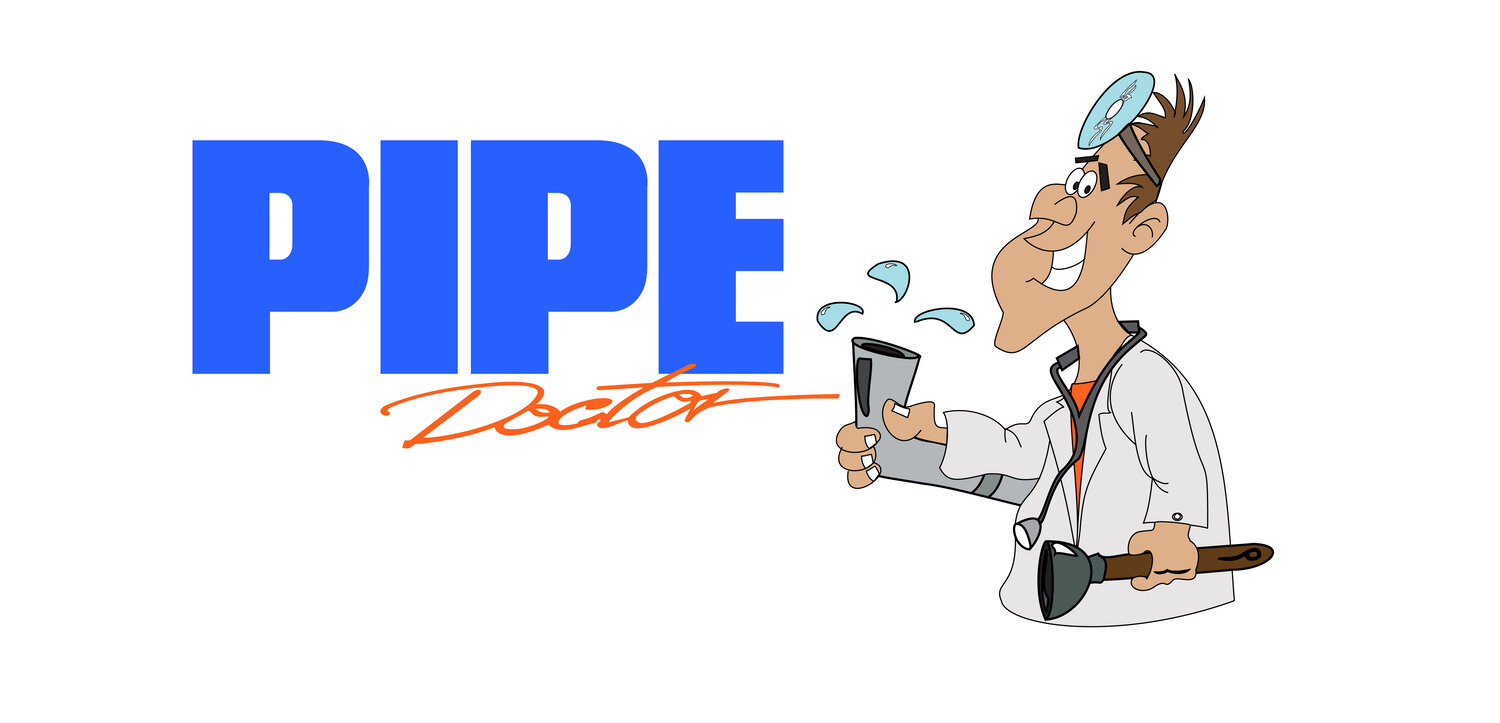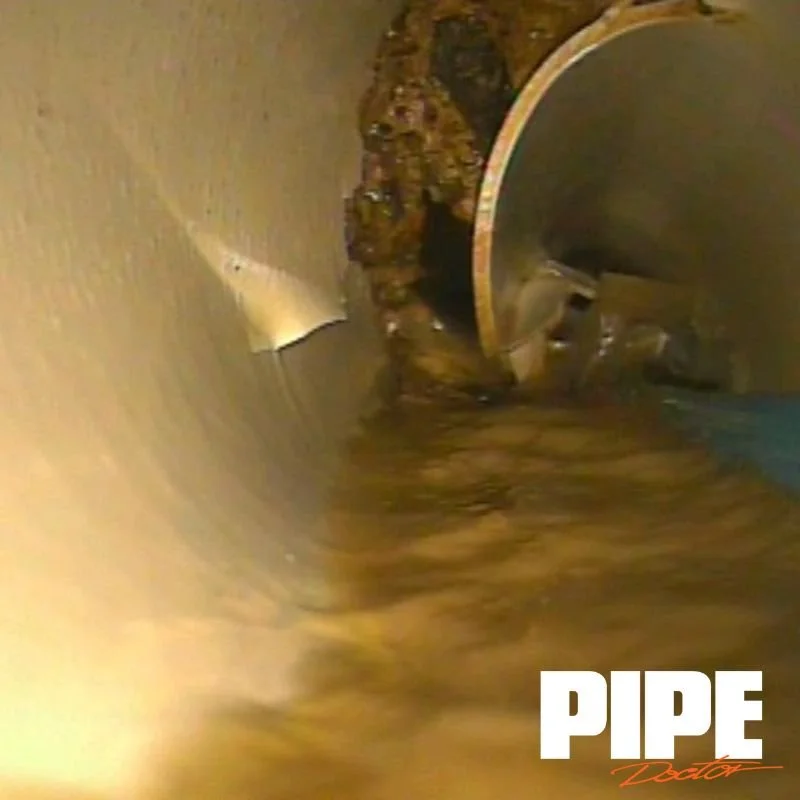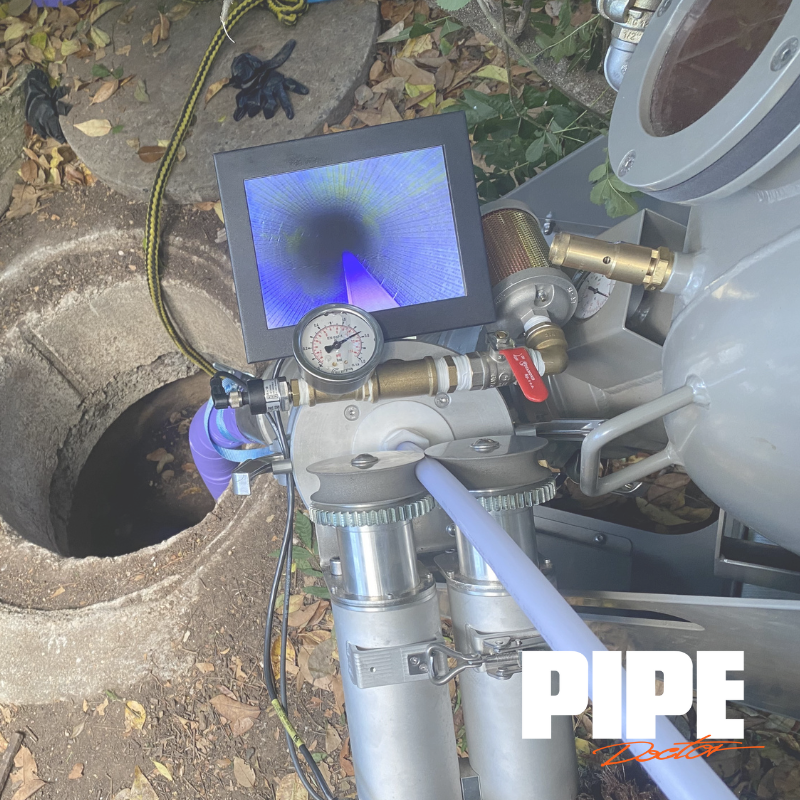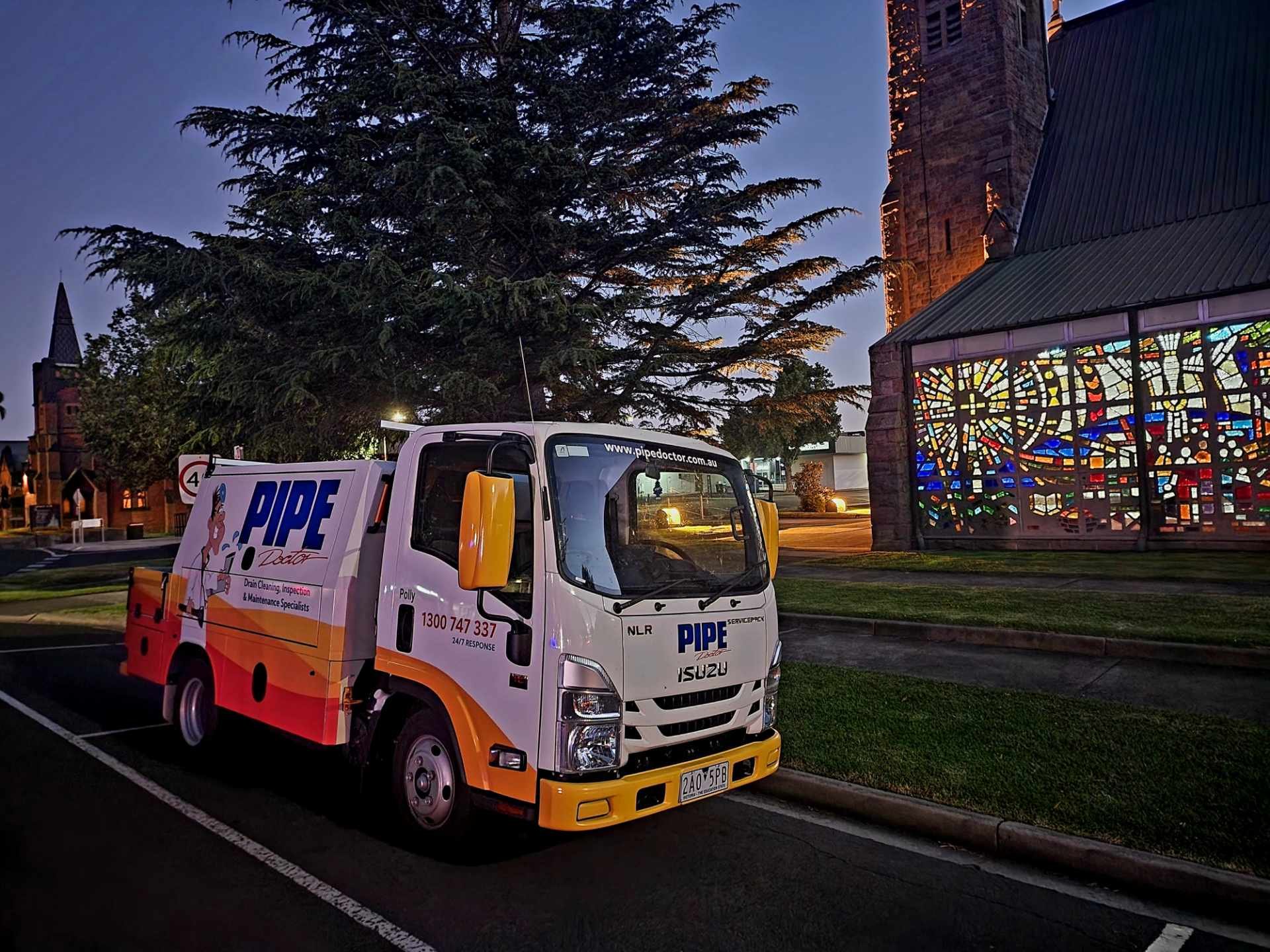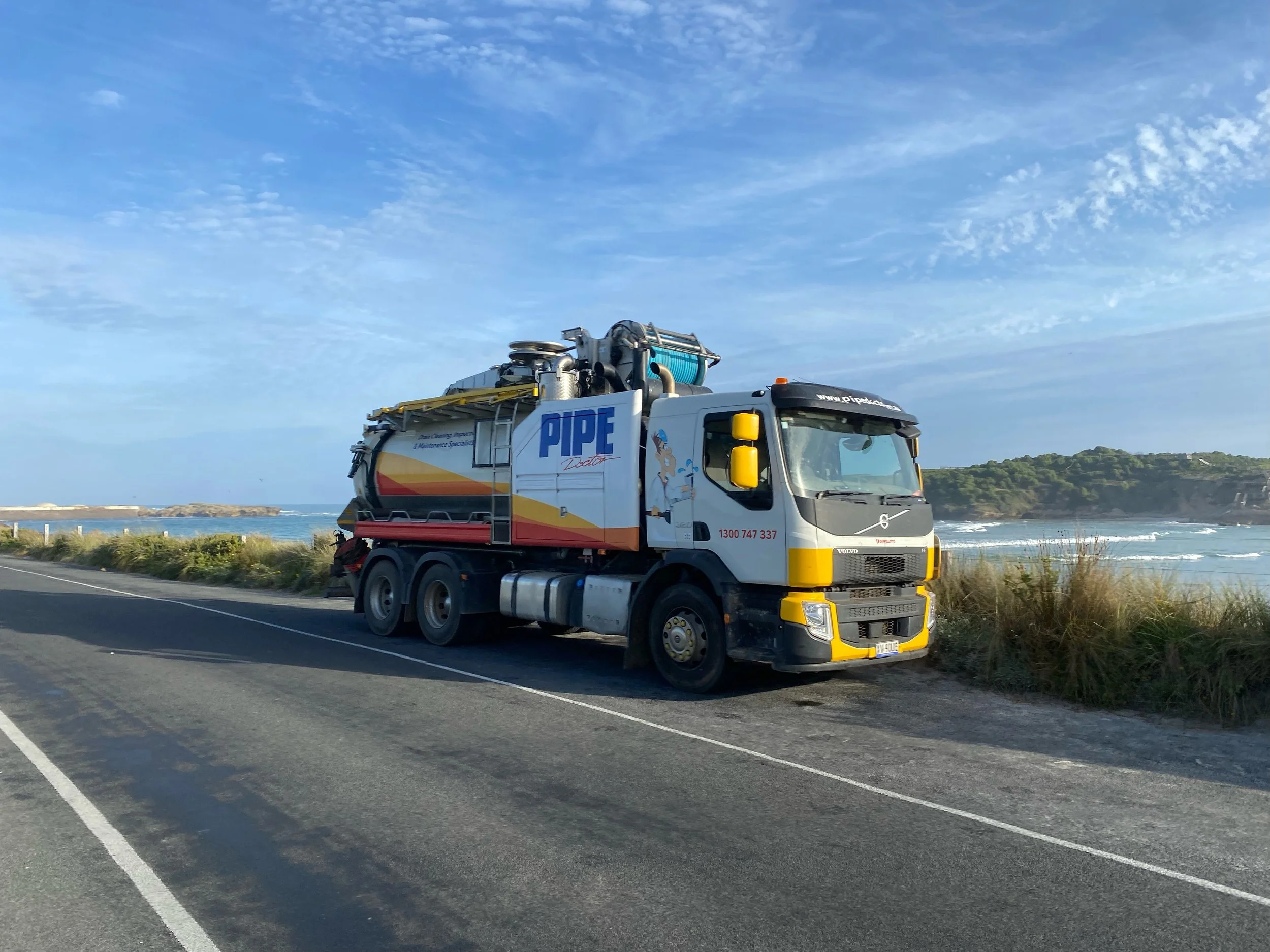Signs Your Property Has a Hidden Drain Problem
Not all drainage problems announce themselves with gurgling sinks or overflowing pipes. Sometimes, the most costly and disruptive issues are the ones you can't see—until it's too late.
Hidden drain problems are more common than you might think, and ignoring the signs can lead to structural damage, foul odours, flooding, and expensive emergency repairs. Whether you're a homeowner, landlord, or property manager, spotting the early warning signs can save you time, money, and stress.
1. Unpleasant Odours That Linger
If you notice persistent bad smells—especially near your kitchen sink, bathroom, or outdoor drains—it may indicate bacteria, waste buildup, or stagnant water deep within your drainage system. A properly functioning drain shouldn't produce unpleasant smells; masking it with air fresheners won't solve the problem.
✅ What to do: Don't just mask the smell. It's a sign of a deeper issue. A CCTV drain inspection can identify the source, and a professional clean can remove the buildup causing it. This step is especially important in older homes where venting or outdated pipework may also contribute to odour issues.
2. Gurgling Sounds in Pipes
Gurgling is the sound of air struggling to escape through water. Partial blockages or venting issues often cause it, and it's a big red flag that something is disrupting the normal flow inside your pipes. Many people dismiss gurgling as harmless, but it's actually one of the most reliable early warning signs of drainage trouble.
✅ What to do: Act early. Gurgling often comes before slow drains or complete blockages. If you hear gurgling in your kitchen, bathroom, or laundry, it's worth checking before it becomes a bigger problem.
3. Wet Patches or Soggy Areas in Your Yard
Unexplained wet patches, sinkholes, or areas of unusually lush grass may signal a leaking or broken underground drain. These issues can lead to soil erosion, foundation damage, and increased pest activity.
✅ What to do: These are not normal signs of rain or irrigation—get a drainage assessment ASAP. A non-invasive CCTV inspection can help determine whether your stormwater or sewer line has failed underground.
4. Multiple Fixtures Draining Slowly
If it's just one sink, it might be a local issue. However, if multiple fixtures (e.g., bath, toilet, kitchen sink) are draining slowly, it could indicate a mainline blockage or a sewer issue. This situation often stems from root intrusion, collapsed pipes, or foreign objects deep in the system.
✅ What to do: Avoid DIY fixes and call a specialist. Mainline problems need professional investigation. Ignoring this sign can quickly escalate into a complete system backup, which is both unsanitary and expensive to fix.
5. Recurring Blockages Despite Previous Fixes
Are you frequently reaching for the plunger? Or calling someone out every few months for the same drain? You may be treating the symptoms rather than the cause, like underlying pipe damage or tree root intrusion.
✅ What to do: A one-off fix isn't enough. A CCTV drain inspection can confirm if a hidden issue keeps causing problems. If roots are involved, pipe relining or targeted root removal may be the best solution.
6. Unexpected Increase in Water Bills
Hidden leaks, especially from cracked or broken underground pipes, can cause water usage to spike. If your water bill has suddenly increased without any change in your habits, a drainage issue could be to blame.
✅ What to do: Track your water usage. If you can't account for the increase, have a drainage professional assess your system for invisible leaks or water loss.
7. Structural Cracks or Damp Inside the Property
Sometimes, signs of a drainage issue show up inside your home. Cracked walls, bubbling paint, or rising dampness may point to excess moisture caused by hidden leaks or faulty drainage outside the house.
✅ What to do: Get an assessment of your property's interior and exterior. Drainage issues left untreated can impact the long-term structural integrity of your home.
🔍 What Causes Hidden Drain Problems?
Hidden drainage issues can stem from:
Tree roots infiltrating cracked pipes
Shifting soil or foundations
Improper installation or ageing infrastructure
Fat, oil & grease (FOG) buildup deep in pipes
Non-flushable items like wipes, sanitary products, and foreign objects
These issues often build up gradually, but the consequences hit fast and hard once the system fails.
🛠️ How to Solve Them: Proactive Over Reactive
The best way to deal with hidden drainage problems? Find them before they find you.
Book a CCTV inspection: This is the industry gold standard. It lets specialists see inside your drains in real time and identify cracks, tree roots, or buildup before major failure.
Consider high-pressure drain cleaning: If buildup is suspected, professional jetting can clear the system before it causes a full blockage.
Discuss relining options: In cases where pipe damage is found, non-invasive relining can repair pipes without excavation.
Implement a maintenance plan: Regular check-ups are the best way to prevent future surprises and control costs.
💡 Final Thoughts: Don't Let Hidden Issues Drain Your Budget
Ignoring the signs of a hidden drain issue could lead to property damage, health hazards, and hefty repair bills. Fortunately, with a bit of awareness and proactive action, you can keep your drainage system running smoothly and avoid being caught off guard.
📅 Worried you might have a hidden issue? Book a drain inspection with Pipe Doctor today and gain peace of mind before a minor issue becomes a major one.
When you have a drainage disaster, you can count on us to get you back up and running.
“Knock, Knock, Pipe Doctor” 1300 747 337

